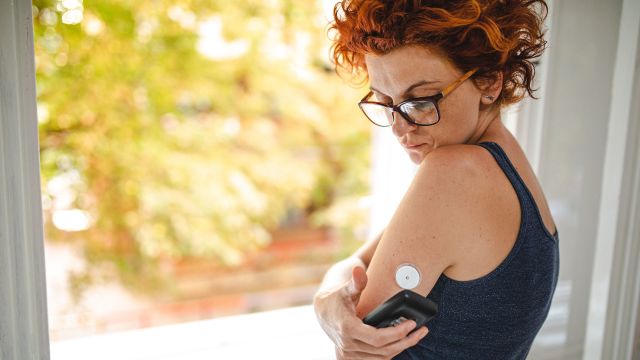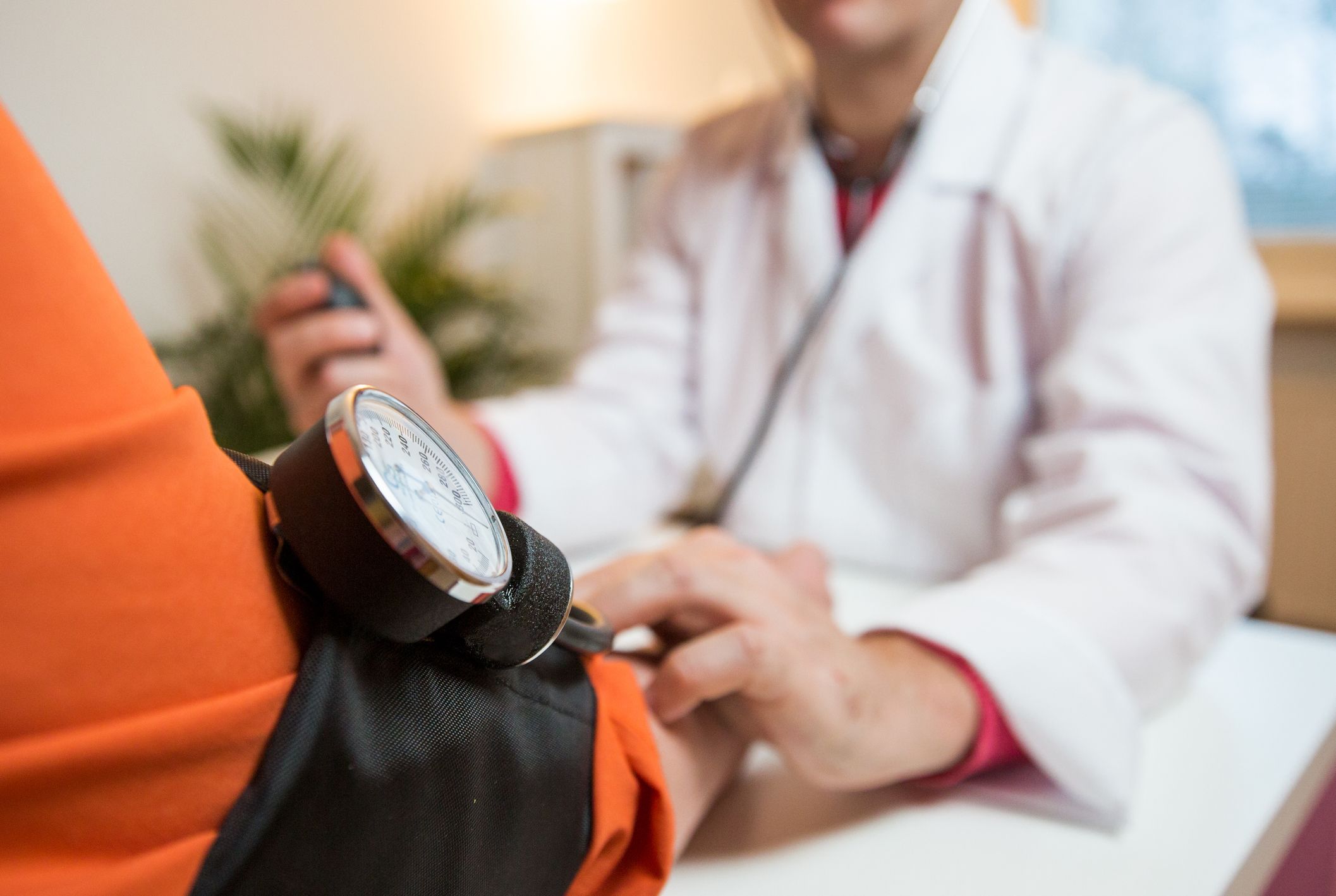Updated on March 21, 2024
Diabetic retinopathy occurs when high blood sugar levels damage and weaken the blood vessels that carry blood to and from the retina, the layer of light-sensitive cells located in the back of the eyeball.
The retina plays an essential role in vision—and when the retina becomes damaged, vision can become impaired. Diabetic retinopathy can cause blurred vision, seeing dark spots or streaks (called floaters), difficulty seeing at night or in dim conditions, color blindness, difficulty seeing details (like when reading) or difficulty seeing objects that are far away.
It can also cause vision loss. Diabetic retinopathy is the leading cause of blindness among adults who are of working age in the United States.
If you have diabetic retinopathy, there are treatments that can help slow the progression of the disease and protect your vision.
Diabetes control and eye exams
Treatment for diabetic retinopathy will depend on whether the condition is in its early stages or advanced stages. Your healthcare providers will also consider your age, how long you have had diabetes, the amount of damage to the retina, your vision, and any other health conditions or diabetes complications you may have.
In the early stages, treatment may only focus on keeping diabetes well controlled and regular eye exams to monitor the disease. Keeping diabetes well controlled can help prevent diabetic retinopathy from getting worse, and it will be a priority at any stage of treatment.
Good diabetes control means reaching your goals for A1C (an estimate of your average blood sugar levels over the past three months), blood pressure, and cholesterol. Keep a record of what these numbers were during your last round of bloodwork, where your goal numbers should be, and how the different parts of your treatment plan work to keep these numbers on track.
Medications and procedures
In its advanced stages, diabetic retinopathy can cause abnormal blood vessels to grow inside the eye. This is called proliferative diabetic retinopathy. These abnormal blood vessels can leak blood into the eyeball, cause other eye conditions like retinal detachment (separation of the retina from the back of the eye) and glaucoma (increased pressure inside the eye, which can damage the optic nerve and lead to vision loss).
If you have proliferative diabetic retinopathy, there are several approaches to treatment that your healthcare providers may recommend:
- Anti-VEGF injections. These medications block a hormone called vascular endothelial growth factor (VEGF), which helps slow the growth of new blood vessels.
- Photocoagulation. Also called focal laser treatment, this procedure uses lasers to burn and seal off leaking blood vessels in the eye.
- Vitrectomy. This is a surgical procedure. The surgeon will make a small incision in the eye and remove the vitreous gel, which fills a portion of the eye. This allows the surgeon to access the retina and repair the damage caused by diabetic retinopathy. A substitute for the vitreous gel will be used to hold the retina in place while the eye heals after surgery.
As with many aspects of managing diabetes, there is no treatment that works for every person who has diabetic retinopathy. If you have questions about treatment for diabetic retinopathy and whether your insurance covers it, ask your healthcare provider.






